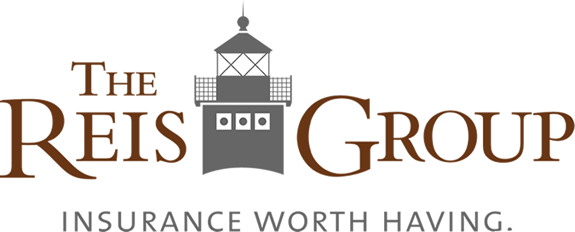How would your business fare in the event of a disaster such as a flood, fire or hurricane? According to the Federal Emergency Management Agency (FEMA), Forty percent of businesses do not reopen after a disaster and another 25 percent fail within one year. Fortunately, there are some things that you can do to protect your business from disaster. In honor of National Preparedness Month, here are some tips to help keep your business safe.
Disaster Preparation
It is vital to take steps to protect your business ahead of a disaster. Focus on restoring operations as quickly as possible while minimizing any losses. To make sure that your business is adequately protected, take the following steps:
- Develop a formal written plan. Often called a “Disaster Recovery Plan” or “Business Continuity Plan,” this document details the steps your business will take to respond to and recover from a disaster. This may include plans for relocating your business and recovering IT infrastructure.
- Train Employees. Make sure that your employees are familiar with your Disaster Recovery plan, and offer additional training so that employees can help your business recover. You may also want to conduct emergency preparedness drills to assess and improve employee response.
- Store Emergency Supplies. Items such as flashlights, a first-aid kit, battery-powered radio, food, water, and blankets can help to keep employees safe. Additional items such as generators can help your business to get back on its feet following a disaster.
- Maintain Key Information Offsite. In order to get your business back up and running after a disaster, you'll need to be able to access critical business information. This includes your insurance policies, banking information and the phone numbers of employees, key customers, vendors and suppliers, your insurance professional and others, as well as inventories of business equipment, supplies, and merchandise. It may be helpful to photograph equipment for insurance purposes.
- Back Up Computer Data. This is generally a good business practice, but it becomes even more vital in the case of a disaster.
Disaster Response and Recovery
Following a disaster, take the following steps as necessary:
- Secure Your Building. Board up entry points if necessary.
- Make Temporary Repairs. These may include boarding up windows or placing a tarp over a hole in the roof. Do whatever is necessary to mitigate further damage.
- Relocate Salvageable Equipment and Property. Move these items to a secure, protected location.
- Inspect Your Property. Document all damages and include photographic evidence.
- Contact Your Insurance Professional. Begin the claims process as soon as possible.
- Keep Receipts. Make sure to document all expenses related to the disaster.
Once you've taken these steps, you can begin to focus on making your business operational again. To learn more about business insurance, contact The Reis Group.
